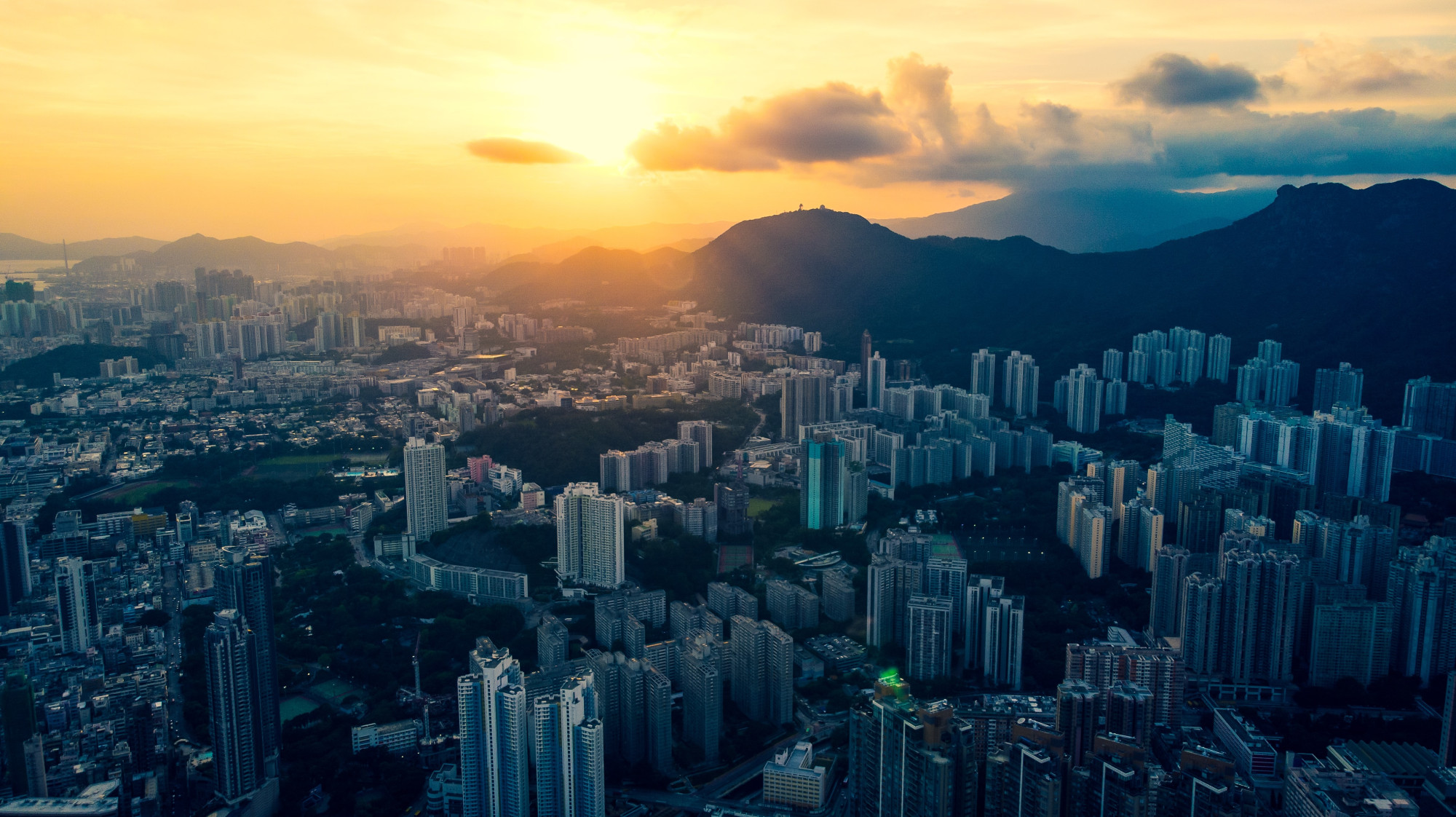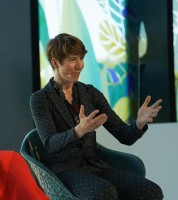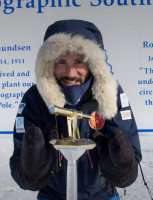Getting East Asia ready for the Realities of Climate Change - Prof. Gabriel Lau's research outcomes


What are the main conclusions you can draw from the research you have conducted on climate change in East Asia? What have we learned?
Research-wise, the objective of the Chair was to help launch a comprehensive research program targeted at expanding our knowledge of the climate system in East Asia. The topics we are particularly interested in, include the characteristics of the current state of this system, the manner in which its various components fluctuate in time and space, and the projected behavior of this system in response to external, human-induced changes. In particular, one chief focus of my work is to perform data analysis with the goal of understanding the system’s behavior and evaluating model projections of future climate variations. We have reached two major objectives during the course of the program. First, we have shown that climate change signals are very strong in East Asia, especially when it comes to heat waves. This was notably possible thanks to the very complete records kept by the Chinese meteorological service from the 1950s onward. We have collected data from more than 2 000 stations all over China. The trends are clear: there is no question that global warming is already happening in China. The occurrence of the heat waves, their intensity, how they change with time, everything is on the rise. Using this information, we modelled how many more heatwaves to expect in the future, and the figures are alarming. What is more, we have outlined the forefront role of rapid urbanization and the depletion of vegetation in the impacts of climate change. The data we analyzed clearly shows that warming is most obvious in urban centers. This is, in part, due to a phenomenon called the urban dry island (UDI), characterized by reduced humidity in the urban core area. We found a prominent UDI effect in Chinese urban agglomerations, and it has been significantly intensifying in the past decades with rapid urban land expansion. Urban expansion contributes to around half of the decrease in atmospheric humidity in urban areas and we’ve suggested that the UDI effect should be considered in future urban planning and climate change impacts assessment and mitigation.

Has the AXA Chair fostered interest in climate research in Hong Kong?
Absolutely. Aside from bringing scientific evidence of climate change, the causes and the implications, another major objective of the Chair is to help breed new doctoral and post-doctoral scholars. Actually, a lot of the research conducted in the framework of the Chair was done in collaboration with other scientists, in particular young researchers from the Department of Geography and Resource Management of the IEES. As the leader of this department, part of my job consists in teaching, passing on knowledge and awareness of climate change to the younger generations. The topics we study include introduction courses, but also more specialized classes like methodologies for analyzing data, which is of the utmost importance in climate research. I often say that analyzing data is like tuning in to a radio station with an old transistor. If you only listen for a few minutes, all you will hear is noise. To make out the whole story, you need to tune it very well, spend time on it. In other words, we are overwhelmed by the sheer number of data to analyze, so we use tools, in this case numerical models, to remove all the noise, find patterns. Moreover, the goal of the Institute is not only to train the experts of tomorrow, but also to educate as many as possible about the reality and the scale of the environmental crisis. We have had very positive reactions, many of the classes and seminars have become very popular, even among non-environmental students. Our classes are advertised all over campus. We have even had a legislator come to one of them!

Are you getting attention from researchers in other fields, as well?
The chair gave me the opportunity to meet with experts from a very broad specter of domains, from agriculture to economics, politics and health sciences. Our work is very multidisciplinary. It broadened my horizon. Many domains are and will be directly impacted by climate change, and they are asking for our expertise on what to expect in the future. For instance, by talking to people from the medical field, I realized how important it is for them to understand the impact of heat waves on humans. Actually, for most of my tenure, the president of CUHK was a medical doctor, so we exchanged a lot about this. In the construction field, also, the topic is crucial. Specialists need to know what kind of building they should design. And the list goes on…
Has the project had societal impact yet?
Definitely. A few years ago, the scenery was quiet on climate change. People were not excited about getting involved in environmental research and seminars would typically attract a small audience. Since the beginning of the Chair, however, things have changed significantly. We now have a group of very involved researchers. Many people are curious about our work. The message is getting through, and not just around campus. Throughout the program, I have regularly been in touch with the media, but also external stake holders, green groups, etc. In Hong Kong, I have particularly strong ties with the media and the government, the Environmental Protection Department and the Hong Kong Observatory (HKO: the lead scientific agency of the Hong Kong Government responsible for local weather and climate operations). They really want to change things, so we work hand in hand. In fact, most of my energy is invested in dissemination of the work that is being done in the framework of the Chair. I have been invited to talk shows, had articles published in newspapers and magazines… I feel there is now a general atmosphere of openness towards the scientific community and this gives us a voice on the public affairs.

You helped establish the Hong Kong Climate Forum. What is its purpose?
About 4-5 years ago, at my personal urging to the top leadership of the Hong Kong Observatory, a Hong Kong Climate Forum was established. Participants in this activity consist of scientific staff members of the HKO, as well as research personnel at various universities in Hong Kong. The Forum has been convened regularly at the premises of the HKO on a seasonal basis. During such meetings, the seasonal outlook for Hong Kong weather and climate, as prepared by the HKO and announced to the general public, is presented, and the scientific justification for these extended-range forecasts is reviewed. University investigators contribute to such discussions by sharing their expertise and insights on various aspects of climate variability in the East Asian sector. In addition to analyzing the seasonal and annual prediction products, the Forum also considers various issues affecting weather and climate in the Hong Kong region, including long-term climate change, potential maximum precipitation, heat waves, storm surges accompanying invasion of tropical cyclones, etc. Overall, the Forum has served its original intended purpose of fostering a vibrant community on climate and weather research in Hong Kong.
Are you collaborating with international assessment programs, such as the United Nations Intergovernmental Panel for Climate Change (IPCC)?
We anticipate that our published findings on trends of heat waves throughout China (and southern China in particular) will be cited in the next round of assessment reports. As a matter of fact, I was a lead author on the Fifth assessment report (AR5), the one that led to the Paris agreement. Precisely, I was part of the first working group which assessed the physical scientific aspects of climate change. We published our report in September 2013.
What role has AXA played in the success of the project and in your career?
I am very grateful for the chairmanship. It offered me a platform to talk about climate change to a larger audience. A person’s title is very important, it confers more weight to what is said and facilitates the work extensively. Because of it, people listened with more attention to our results. The government now seeks advice from me, and I am closer to the Chinese science community that I’ve ever been. The professorship allowed me to push ahead with my research agenda, to bring forward unambiguous proof that climate change is real, and to have the opportunity to share this information and my expertise with a young community.
More about Gabriel Ngar-Cheung Lau
Professor Gabriel Ngar-cheung Lau is a world-renowned climate scientist, and the director of the IEES. He holds a PhD in Atmospheric Science from the University of Washington (1978) and is considered an expert in the diagnosis of atmospheric circulation system, large-scale air-sea interaction and regional phenomena related to climate change. He is also a lecturer in Geosciences and Atmospheric and Oceanic Sciences with rank of Professor at Princeton University and was the lead author on the 5th assessment report of the United Nations Intergovernmental Panel for Climate Change (IPCC).
January 2020 | Photo: @axkoon


